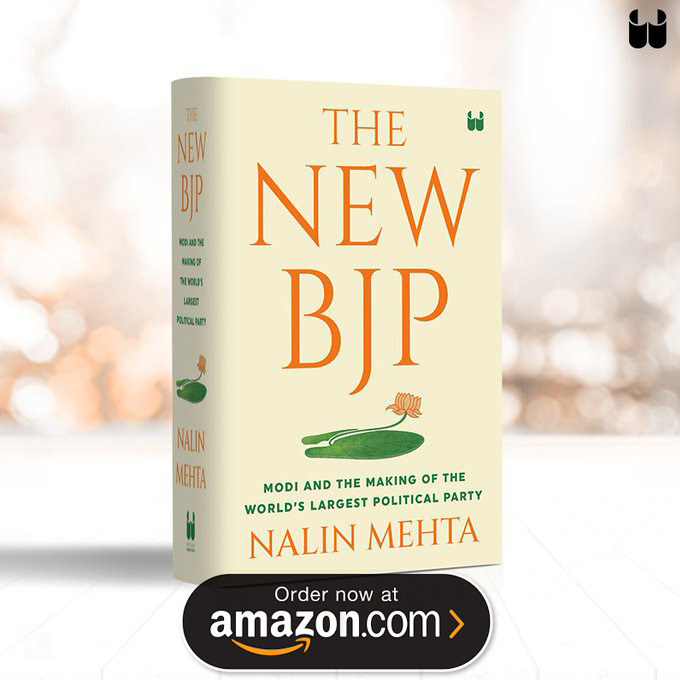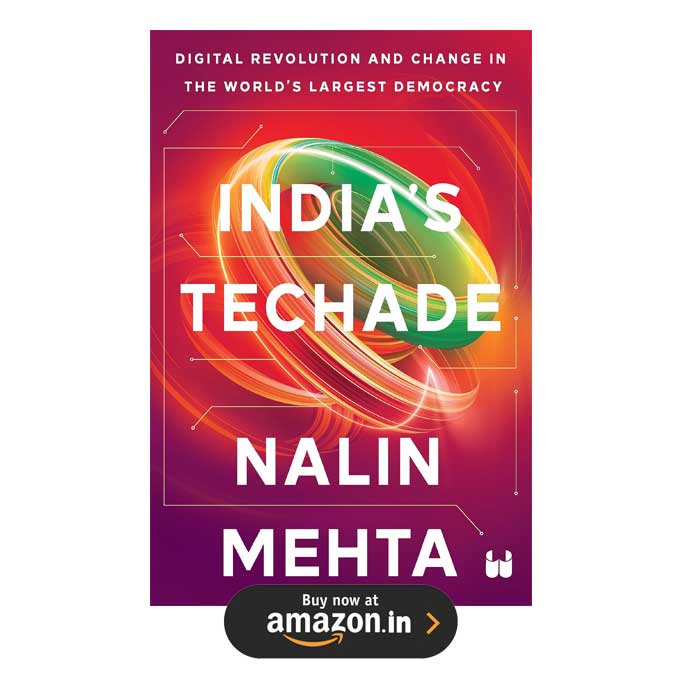Abstract
With over 800 television channels, India is not only the world’s third largest television market but also its most varied. Indian television for the past decade has been defined by an upward trend of continuous growth – in viewership numbers, revenues and advertising – and equally with a severe crisis of content across genres. Overall, Indian television is beset by three fundamental challenges: a failure to evolve a comprehensive system of regulation, the increasing political control of regional television channels and distribution networks and a structural problem with its business model and delivery platforms, which is reflected in problems over quality of content.
ARTICLE
Tales from Ravana’s crypt: the crisis of a booming market
In early 2008, one of the major Hindi news channels, Zee News, broadcast what it called a ‘special investigation’. With a loud, red banner screaming ‘exclusive’ in bold type, it made two claims: it had found definitive proof that Ravana, the mythical villain of the Ramayana, maintained an Air Force and that it had found a secret cave in Sri Lanka with Ravana’s mummified body.
For the first claim of an ancient Air Force, by way of proof, the channel offered an exciting looking reporter standing on a hill somewhere in Sri Lanka holding up some local black soil in his hands. As he explained, with the seriousness usually reserved for political reporting from outside Parliament, the soil in his palm was black because the ballast from Ravana’s aircraft (vimaan) used to singe it, and also because Hanuman had burnt these air bases (havaai adde) when he burnt Lanka down, as was noted in the Ramayana. Building on the legend of Ravana’s mythical aerial vehicle, the Pushpak, the reporter cited a supposed Sri Lankan government archaeological study to support the claim that Ravana maintained no less than five air bases and that the cliffs around him housed a factory (kaarkhana) to ‘service’ the aircraft. 1
For the second claim of Ravana’s crypt, the channel had specific details. The mythical demon king’s mummy was exactly 17 feet long – not 16 or 18 – and it lay entombed in a mountain cave. Only the intrepid reporter could not reach this supposed crypt itself because it seemed that there were demons (asuras) guarding their lord’s mummy, as one of the experts it furnished grandly declaimed. All previous attempts to reach the cave had also failed due to unnatural reasons – this said in dark, mysterious tones – although the channel made much of a 72-year-old local man who claimed to have seen the said coffin 20 years earlier.
Through all of this, general video footage of these sites was liberally interspersed with dramatized scenes from Ramanand Sagar’s televised Ramayana of the 1980s – scenes of Ravana’s slaying at the hands of Rama and flying in the Pushpak – and from the more recent television version of the epic produced by Imagine. It was as if the dramatized portions were stock news footage from a real historical event, which happened to have been recorded on camera. There was not even the pretence of demarcating reality and artistic portrayal. 2
Merging myth, religious fervour, history and what it called investigative reporting into each other, this was a programme purporting to provide serious reportage – with its breaking news flashes and its quasi-documentary style production treatment of the ‘reporting’ from the ground. There was a certain morbid fascination in watching it unfold on a national news channel, pretending to itself, as it were, that it was a piece of serious journalism.
This was not Aastha or any of the religious networks that dot the landscape of Indian television with devotional renderings. This was the flagship news channel of the largest Indian-owned television network, one that was responsible for the most spectacular, sustained stock price increases that the Indian equity markets had experienced in the 1990s. 3
It was also not an aberration. The programme followed a series of similar specials on the Ramayana’s supposed historicity in Sri Lanka, telecast by Zee TV in the preceding year. 4 It was subsequently followed by other Hindi channels who essentially telecast their own versions of the same story. 5
So, what explains this kind of programming? Was it a case of Hindi news channels adopting a religious bent just as the Hindi papers did during the Ramjanmabhoomi movement in the 1980s? Or was it simply a crude case of a television channel chasing the ratings, no matter what the cost?
Indeed, Zee TV’s ratings did register a big jump as a result of this programme. Given that this kind of over-the-top programming is now the standard norm for a great deal of reporting – irrespective of whether these are religious themes or not – across most news channels, the co-relation between the holy grail of the Television Rating Point (TRP) metre and such sensationalism provides an explanatory framework. Somehow though, it does not seem enough, by itself, as an answer.
The programme and its vehicle symbolized the two contradictory trends in Indian television over the past decade: a booming, continuously expanding television market and simultaneously a severe crisis of content across genres.

